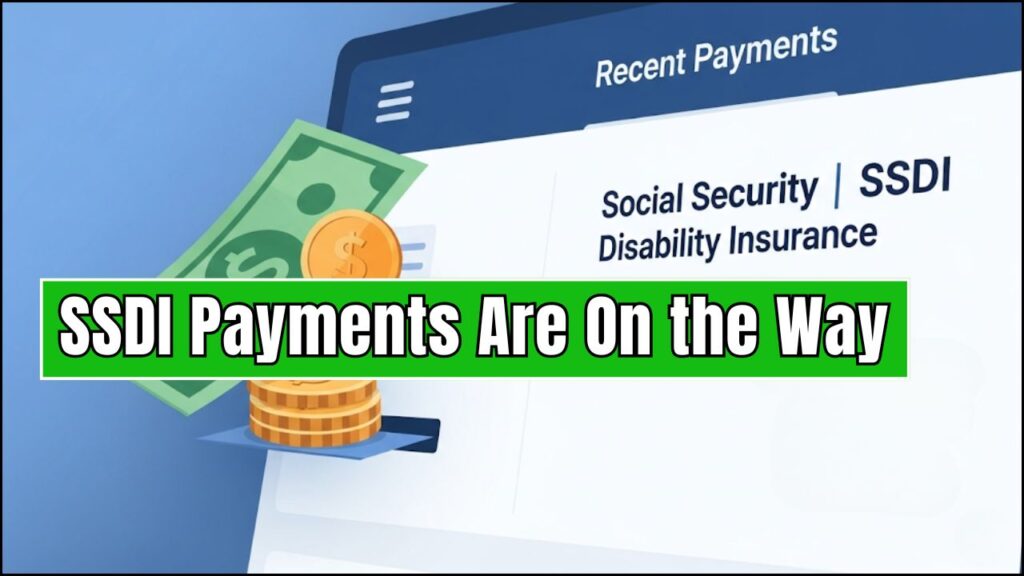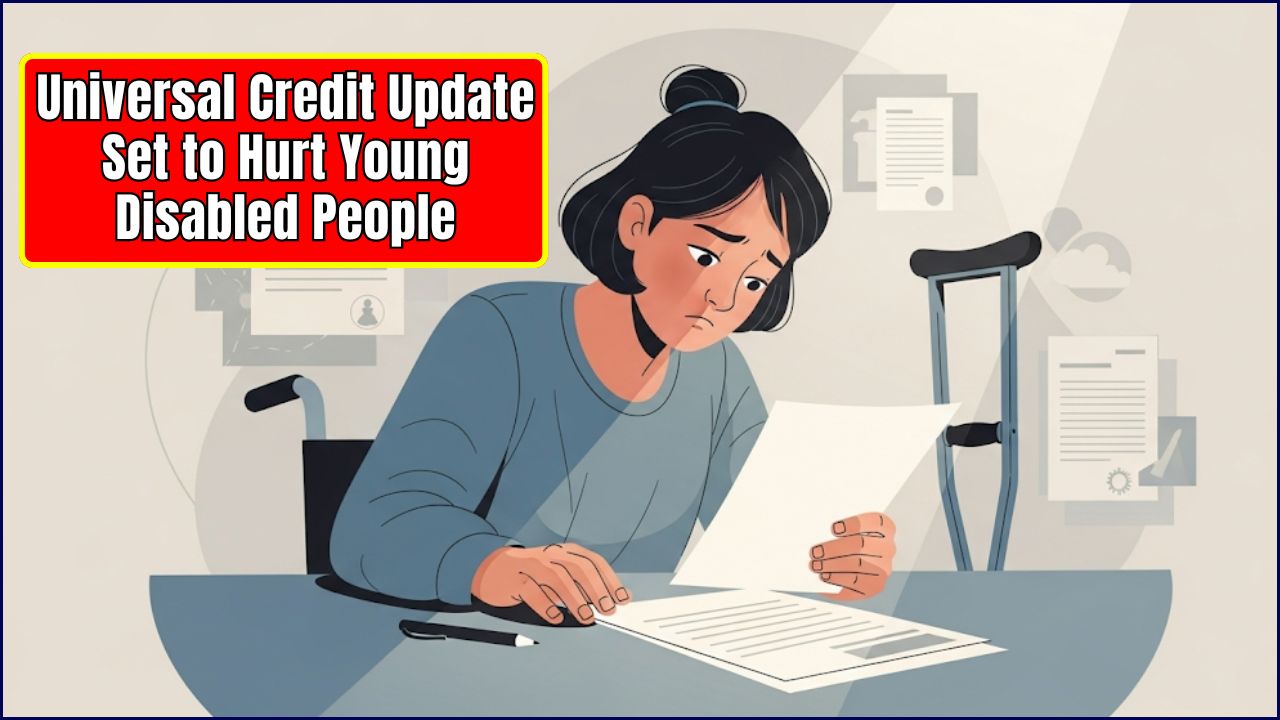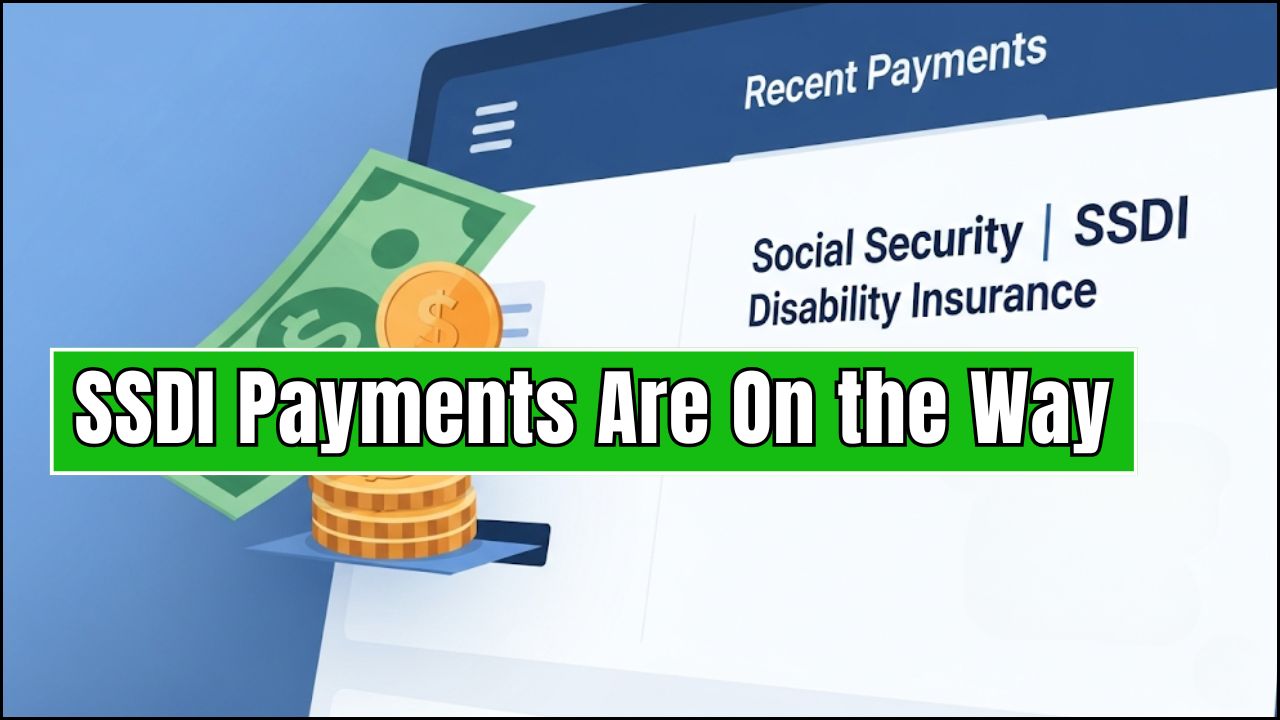If you’re one of the millions of Americans relying on Social Security Disability Insurance (SSDI), you’re probably wondering when your next payment is coming. The good news is that SSDI payments are on the way, and you might be seeing up to $1,581 in your bank account this week. Whether you’re new to the program or a seasoned recipient, it’s essential to understand how these payments work, when to expect them, and what steps to take if something goes wrong.

What Is SSDI, and Why Are Payments Important?
Social Security Disability Insurance (SSDI) is a federal program designed to provide financial assistance to individuals who are unable to work due to a disability. These payments help cover living expenses like housing, food, and healthcare for individuals whose disabilities prevent them from engaging in any substantial gainful work.
The program is funded through payroll taxes that workers pay while employed. In the event that you become disabled and cannot work, you may apply for SSDI to receive a monthly benefit.
For 2025, the average SSDI payment is about $1,581 per month. The amount varies depending on how much you’ve worked and contributed to Social Security during your career. This adjustment reflects the 2.5% cost-of-living increase (COLA), which ensures that SSDI payments keep up with inflation.
SSDI Payments Are On the Way
| Key Information | Details |
|---|---|
| What is SSDI? | A government program providing benefits to people unable to work due to disability. |
| Average SSDI Payment (2025) | $1,581 per month (subject to change based on individual circumstances). |
| Payment Schedule | Payments are issued on specific dates depending on your birthday. |
| Payment Dates (July 2025) | – Birthdays 1-10: July 9, 2025 – Birthdays 11-20: July 16, 2025 – Birthdays 21-31: July 23, 2025 |
| Eligibility | Based on work history, earnings, and disability status. |
| Official Website | Social Security Administration |
SSDI is a lifeline for millions of Americans, providing crucial financial support to individuals unable to work due to disability. With an average payment of $1,581 per month, these benefits help ensure that recipients can maintain financial stability despite their inability to work.
By understanding the SSDI payment schedule, how much you might receive, and the steps you can take if things go wrong, you can better manage your finances and avoid unnecessary stress. Remember, your Social Security Disability Insurance is there to help, so make sure to stay informed and utilize all available resources to manage your benefits effectively.
When Will Your SSDI Payment Arrive?
SSDI payments are made monthly, but the exact day depends on your birthday. The Social Security Administration (SSA) issues payments on specific days, making it easy to know exactly when to expect yours.
- Birthdays between the 1st and 10th: 2nd Wednesday of each month (e.g., July 9, 2025).
- Birthdays between the 11th and 20th: 3rd Wednesday of each month (e.g., July 16, 2025).
- Birthdays between the 21st and 31st: 4th Wednesday of each month (e.g., July 23, 2025).
If you’ve been receiving SSDI for a while, this pattern might be familiar. However, if you’re new to SSDI, it’s important to mark these dates on your calendar to avoid confusion.
How Much Will Your SSDI Payment Be?
In 2025, the average SSDI payment is $1,581. However, your payment amount can vary depending on your work history and earnings. SSDI is designed to replace a portion of your lost income, based on how much you contributed to Social Security during your working years.
For example:
- Jane, who worked for 20 years earning an average of $50,000 a year, might receive a higher benefit than Tom, who worked for 10 years earning an average of $30,000.
- Your Payment is Based on Your AIME (Average Indexed Monthly Earnings): This figure is derived from the highest 35 years of your earnings.
How to Apply for SSDI?

Applying for SSDI is a critical step for those who are disabled and unable to work. Here’s a quick guide to help you navigate the application process:
- Determine Your Eligibility: Before applying, check if you meet the SSA’s disability requirements. You must have worked for a sufficient number of years and paid into Social Security.
- Gather Your Documents: Collect medical records, work history, and information about your disability.
- Fill Out the Application: You can apply online at the SSA website, by phone, or in person at your local SSA office.
- Wait for a Decision: SSDI applications can take several months to process, so patience is key.
If your application is denied, don’t worry. You have the option to appeal the decision.
What to Do If Your Payment Doesn’t Arrive on Time?
If you haven’t received your SSDI payment on the scheduled date, here’s what you can do:
- Check Your Bank: Sometimes, your bank may delay deposits. Contact them to ensure your deposit isn’t pending.
- Wait Three Business Days: If you don’t see your payment after three business days, take the next step.
- Contact SSA: Call the SSA at 1-800-772-1213 to inquire about any potential issues with your payment.
Case Study: Understanding the Impact of SSDI
Let’s consider two hypothetical individuals receiving SSDI benefits:
- Maria, a former teacher, worked for 30 years before her disability forced her to stop working. With a high income during her career, she qualifies for the maximum SSDI benefit of around $2,500 per month.
- James, a construction worker who only worked for 10 years before becoming disabled, receives around $1,100 monthly in SSDI benefits.
Both Maria and James are eligible for SSDI because they contributed to Social Security, but their payment amounts differ due to their work histories.
Impact of SSDI on Financial Health
SSDI isn’t just a monthly payment — it plays a crucial role in maintaining your financial health. For many recipients, SSDI is the primary or sole source of income. Without SSDI, these individuals would likely struggle to meet basic living expenses, making the program critical for their wellbeing.
It’s also worth noting that SSDI doesn’t only provide financial support. It may also offer access to other essential benefits, like Medicare or Medicaid. These healthcare programs are vital for individuals whose disabilities require ongoing medical treatment.
Tax Implications of SSDI Payments
It’s important to remember that SSDI payments may be taxable. If your combined income (SSDI + other sources of income) is above a certain threshold, you might owe taxes on a portion of your SSDI payments. The IRS provides guidelines to help you determine if you need to file a tax return based on your SSDI benefits.
If you have questions about whether your SSDI payments are taxable, you can check the IRS website or consult with a tax professional.
Common Mistakes to Avoid with SSDI
- Not Reporting Changes in Income: If you start working part-time or have other income sources, be sure to report it to the SSA. Failure to do so can result in penalties or a loss of benefits.
- Ignoring Medical Updates: Keep the SSA informed about your condition, especially if it changes over time. This ensures your eligibility is accurately assessed.
- Missing Deadlines for Appeals: If your SSDI claim is denied, make sure you file an appeal within the timeframe provided. Missing deadlines could mean losing your benefits.
Additional Resources for SSDI Recipients
- National Organization of Social Security Claimants’ Representatives (NOSSCR): This organization helps individuals navigate SSDI and SSI applications and appeals.
- Disability Rights Advocates (DRA): Provides support for those dealing with legal issues related to disabilities.
- SSA’s Official Website: Social Security Administration for resources, FAQs, and applications.












